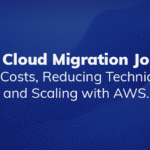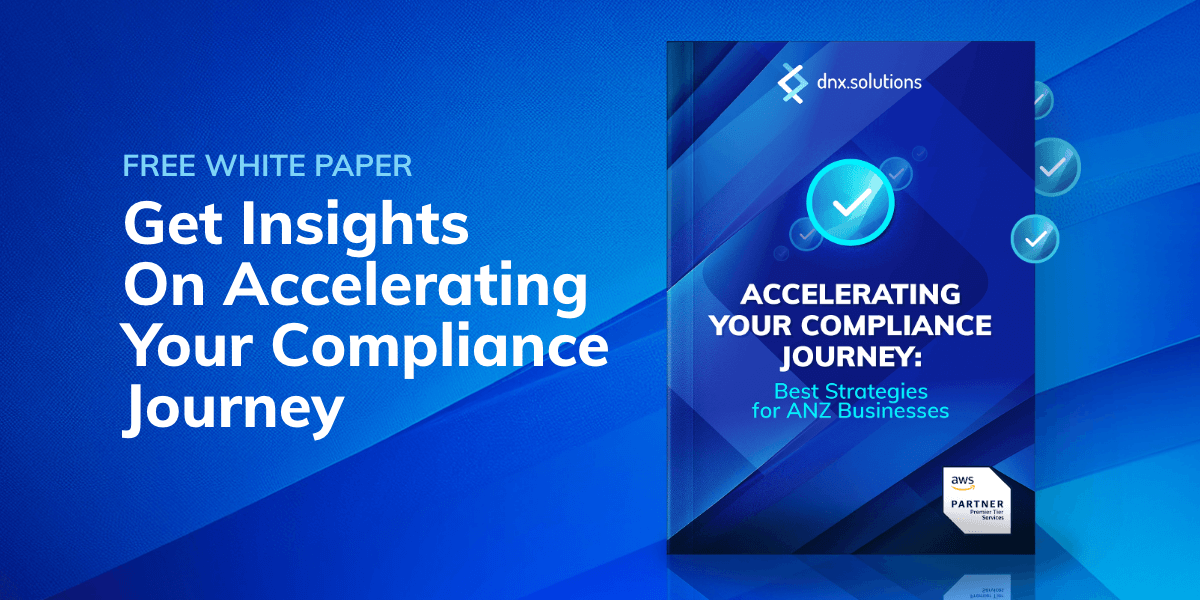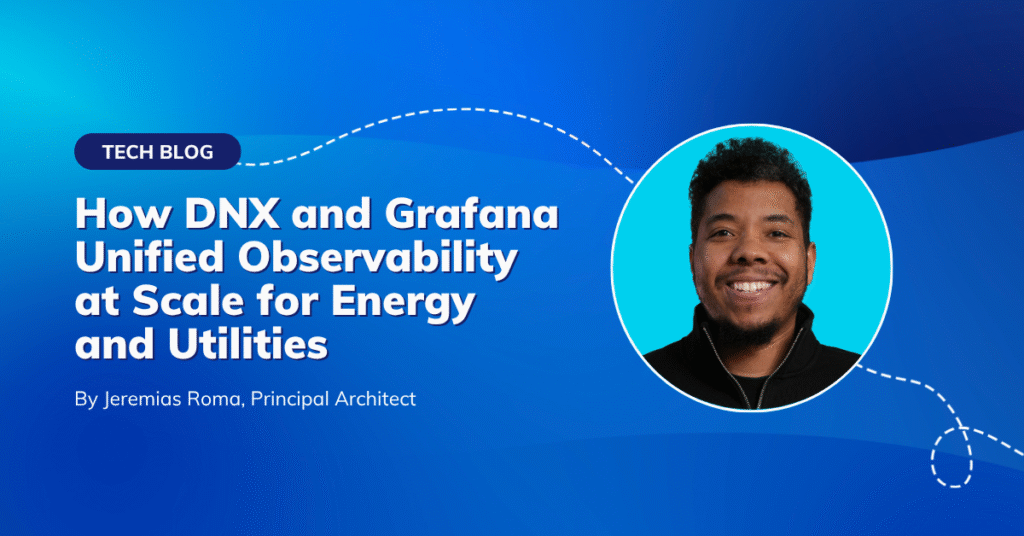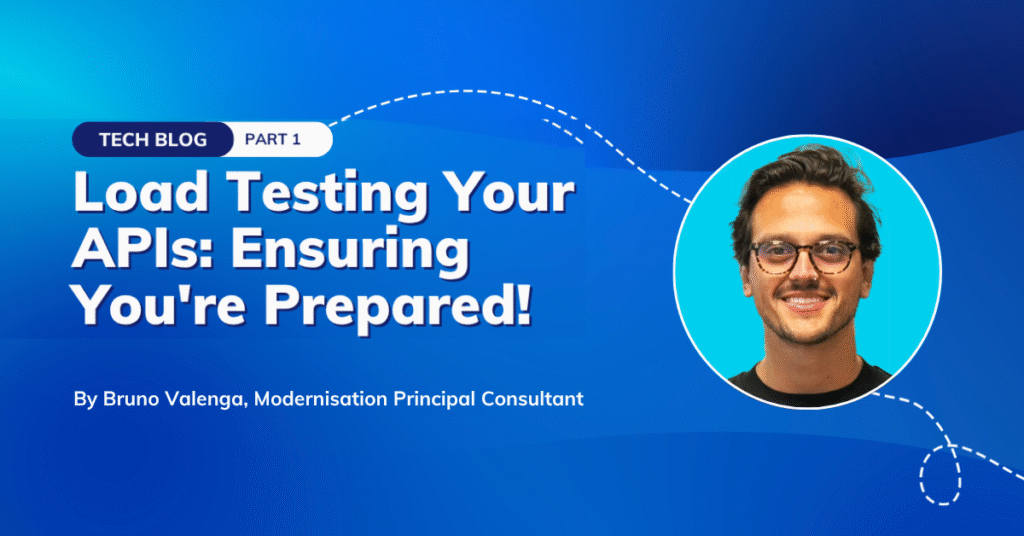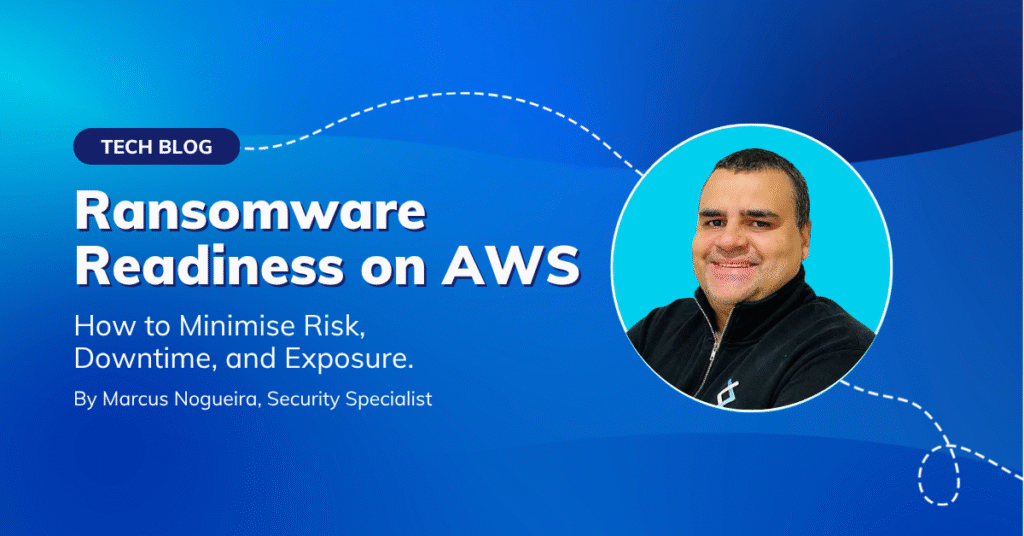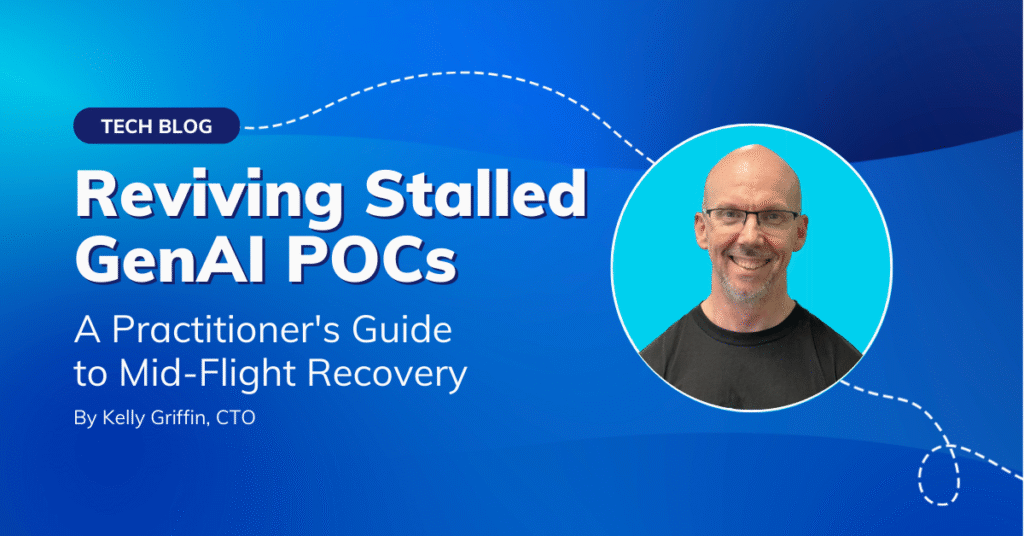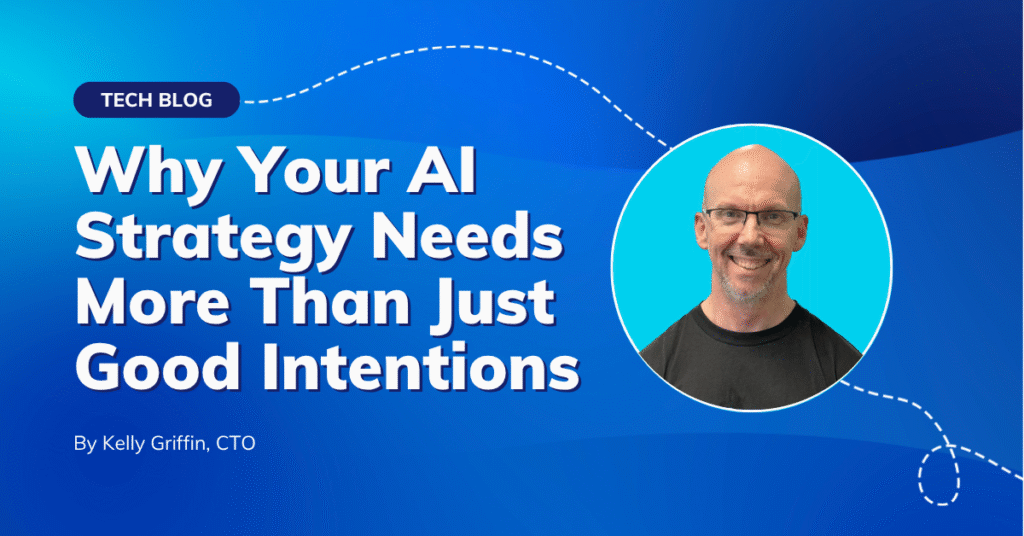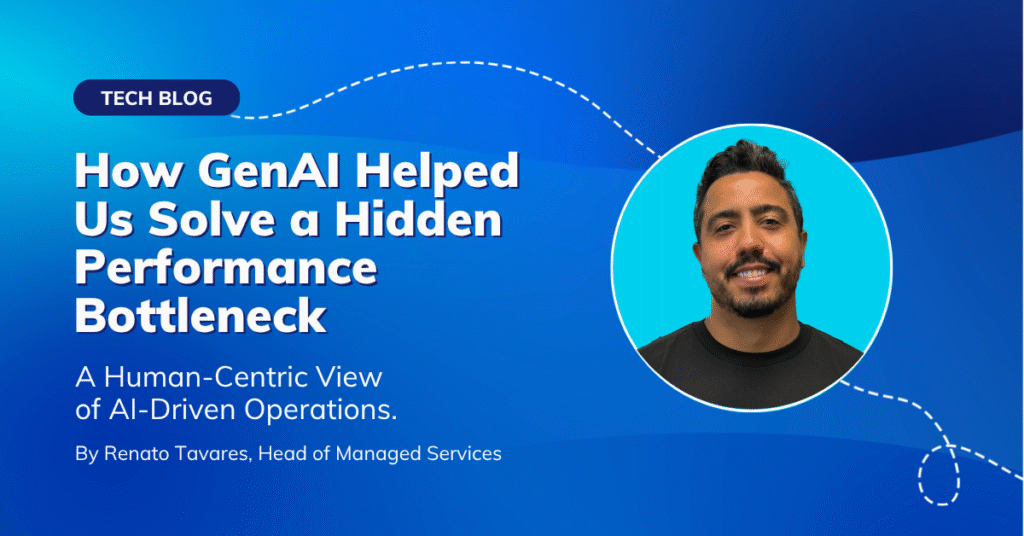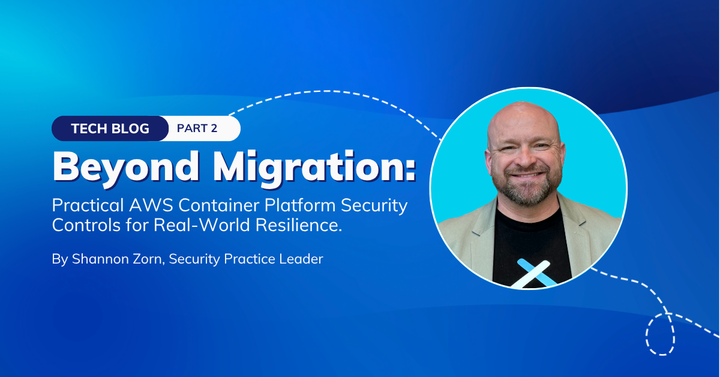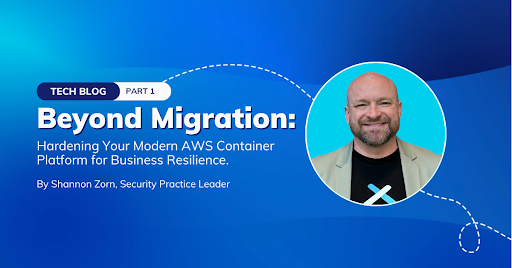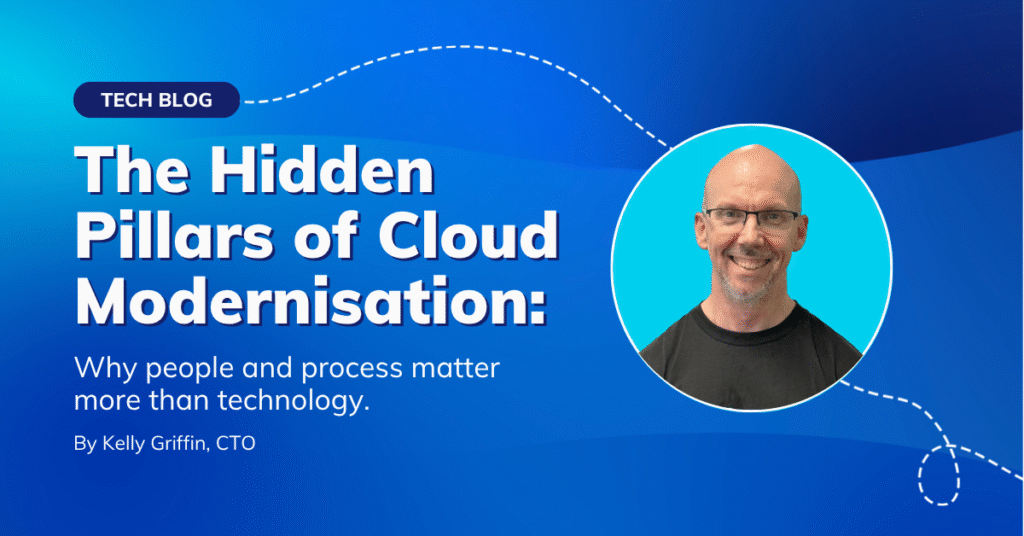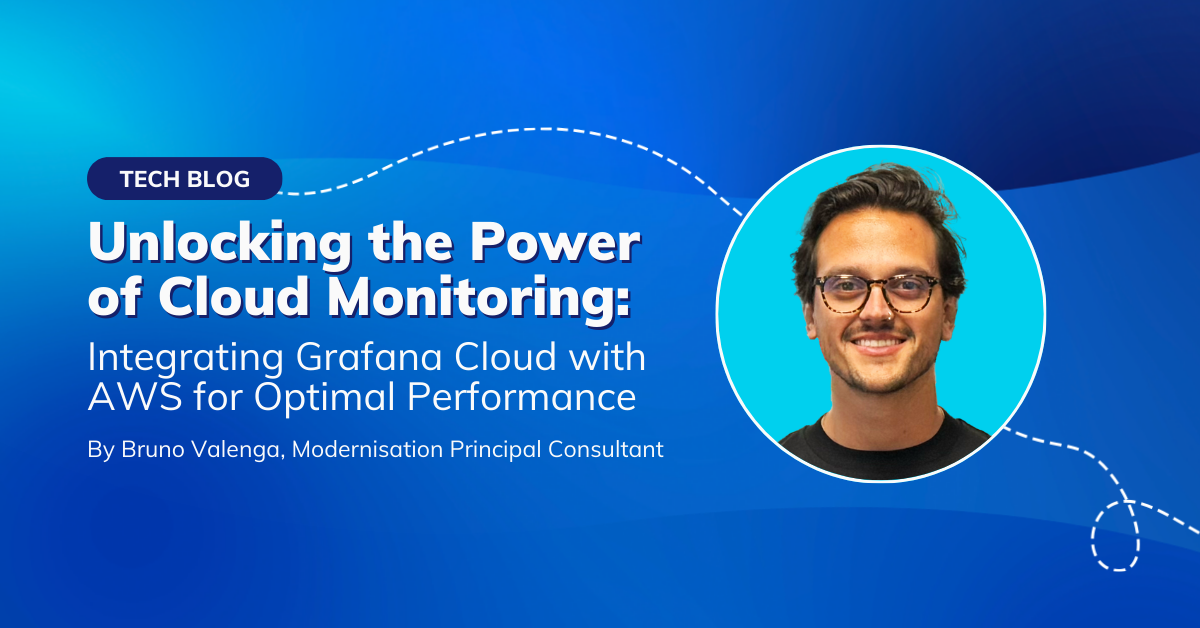
In the era of cloud computing, robust monitoring solutions are crucial for maintaining optimal performance and operational efficiency. Integrating Grafana Cloud with AWS services offers a powerful and scalable solution to enhance your monitoring capabilities. This blog post will guide you through setting up Grafana Cloud to monitor AWS environments, while highlighting best practices and common pitfalls to avoid.
Introduction to Grafana and Its Capabilities in Cloud Monitoring
Grafana is a popular open-source platform known for its robust data visualisation and analysis capabilities. It allows users to create dynamic dashboards and alerts, providing real-time insights into system performance. Grafana Cloud, the hosted version of Grafana, extends these capabilities by offering a fully managed service with additional features like enhanced scalability, security, and integrations.
Differences Between Grafana and Grafana Cloud
Deployment and Management: Grafana is self-hosted, requiring manual installation and maintenance, whereas Grafana Cloud is a fully managed service, reducing the overhead of server management and updates.
Scalability: Grafana Cloud offers seamless scalability, making it easier to handle large datasets and high traffic without worrying about infrastructure limitations.
Security and Compliance: Grafana Cloud provides built-in security features, including data encryption and compliance with industry standards, which are essential for enterprises handling sensitive data.
Integrations: Grafana Cloud supports additional integrations with other cloud services and tools, offering a more comprehensive monitoring solution.
Step-by-Step Guide on Integrating Grafana Cloud with AWS
Setting Up Grafana Cloud
- Create a Grafana Cloud Account: Start by signing up for Grafana Cloud. Choose a plan that suits your needs, whether it’s the free tier for smaller projects or enterprise plans for larger deployments.
- Access the Grafana Cloud Dashboard: Once your account is set up, log in to access the Grafana Cloud dashboard, which provides an intuitive interface for managing your data sources and visualisations.
Connecting Grafana Cloud to AWS CloudWatch
- Configure AWS IAM Role: In AWS, create an IAM role with permissions to access CloudWatch metrics. Ensure the role has a trust relationship with Grafana Cloud.
- Add AWS Data Source: In the Grafana Cloud dashboard, navigate to Configuration > Data Sources and add AWS CloudWatch as a new data source. Enter your AWS credentials or assume the IAM role created earlier.
Creating Dashboards
- Select Metrics: Choose relevant AWS CloudWatch metrics to monitor, such as EC2 instance performance, S3 bucket usage, or RDS database health.
- Design Dashboards: Use Grafana Cloud’s intuitive interface to design custom dashboards. Leverage panels, graphs, and alerts to visualize data effectively.
Real-World Examples of Enhanced Monitoring
Improved Operational Efficiency
By integrating Grafana Cloud with AWS, companies have streamlined their monitoring processes. For example, a tech company reduced server downtime by 30% by setting up real-time alerts for CPU and memory usage spikes, allowing for quick responses to potential issues.
Cost Savings
Enhanced monitoring can lead to significant cost savings. A retail business used Grafana Cloud dashboards to track and optimise AWS resource usage, resulting in a 20% reduction in cloud costs by identifying and eliminating underutilised resources.
Best Practices for Configuring Dashboards and Alerts
- Focus on Key Metrics: Identify the most critical metrics for your business operations and prioritise them in your dashboards.
- Set Actionable Alerts: Configure alerts that are actionable and relevant. Avoid alert fatigue by setting thresholds that truly indicate issues.
- Regularly Update Dashboards: Keep your dashboards up-to-date with the latest metrics and visualisations to ensure they provide accurate insights.
- Test and Iterate: Continuously test your monitoring setup and iterate based on feedback and changing business needs.
Conclusion
Integrating Grafana Cloud with AWS services provides a robust and scalable solution for cloud monitoring. By following the steps outlined in this guide, you can set up an effective monitoring system that improves operational efficiency and reduces costs. Embrace the power of Grafana Cloud and AWS to gain deeper insights into your cloud infrastructure and drive better business outcomes.
Grafana Cloud simplifies the monitoring process with its managed services, allowing you to focus on gaining insights and optimising performance without the hassle of managing infrastructure.
Ready to get more from your cloud investment?
Modernising monitoring with Grafana Cloud and AWS is a practical way to improve visibility, cut costs, and boost performance.
Talk to us about how we can help you build secure, scalable monitoring into your modernisation journey.


